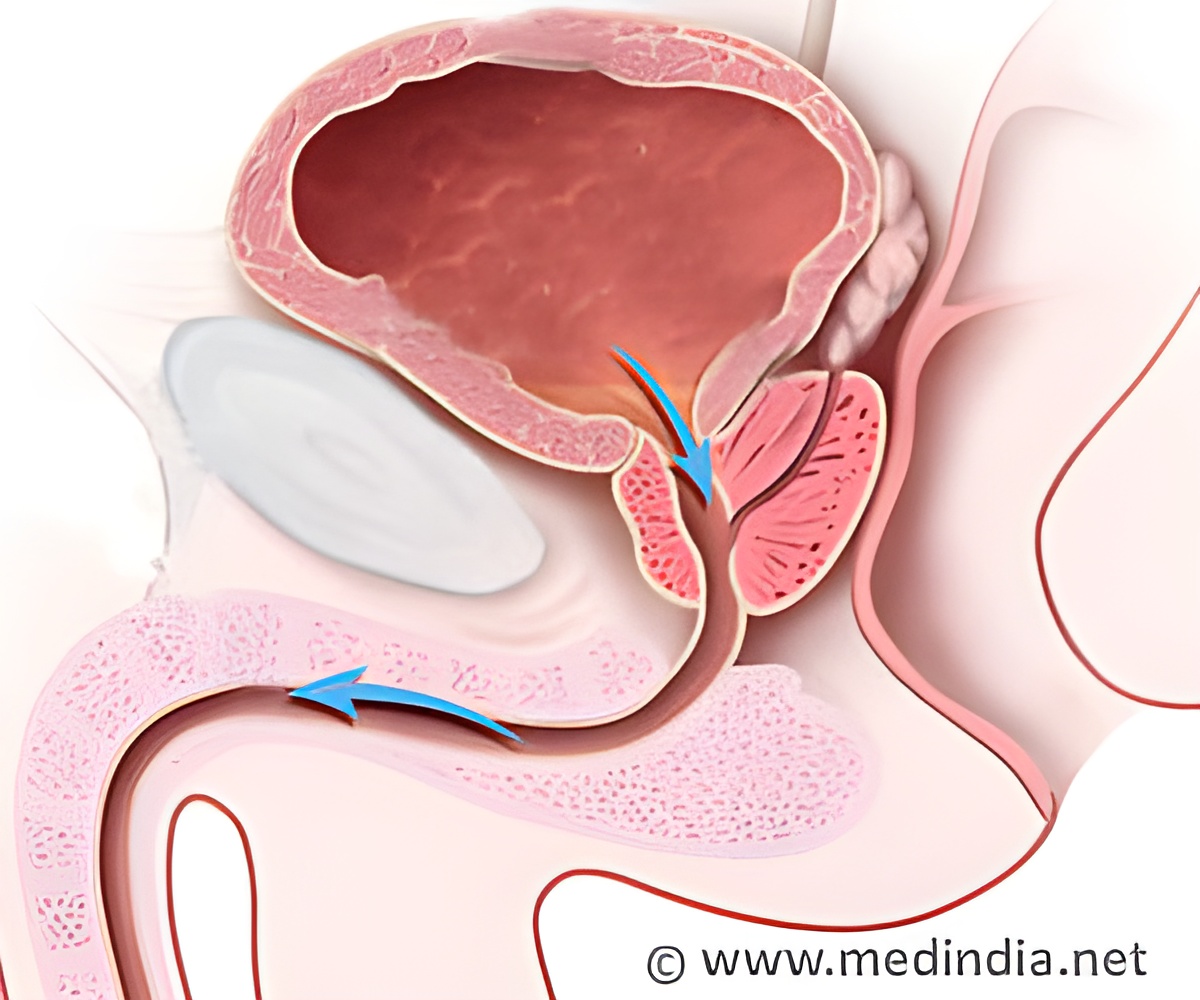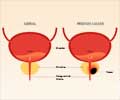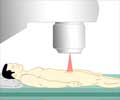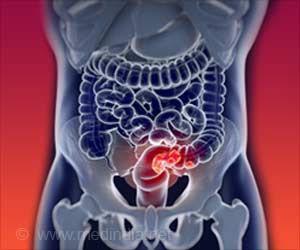More than 220,000 new cases of prostate cancer will be diagnosed in the United States in 2015, estimates the American Cancer Society.

"For every 20 surgery procedures to take out the prostate, it is estimated that only one life is saved," said Gabriel Popescu, director of the Quantitative Light Imaging Laboratory (QLI) and senior author on the study. "For the other 19 people, they would be better left alone, because with removing the prostate, the quality of life goes down dramatically. So if you had a tool that could tell which patient will actually be more likely to have a bad outcome, then you could more aggressively treat that case."
On a study funded by the National Science Foundation and Agilent Technologies, researchers employed spatial light interference microscopy (SLIM), a label-free method, to perform localized measurements of light scattering in prostatectomy tissue microarrays. The quantitative phase imaging (QPI) performed by the SLIM examines the anisotropy, or the difference in a material’s physical properties, as light is scattered through the stroma, the tissue surrounding the prostate glands. The results can be found in an article "Prediction of Prostate Cancer Recurrence using Quantitative Phase Imaging," published in Scientific Reports.
The researchers found that the higher value of anisotropy indicated that the tissue is more organized. A lower value indicated that the various components within the tissue are fragmented and disorganized.
"We found that for patients who had bad outcomes, the connective tissue around the glands (stroma) is more disorganized than in the case of patients who have better outcomes," said Shamira Sridharan, a graduate research assistant in the QLI Lab, and the lead author of the study.
"Among individuals who undergo prostatectomy, there are a few statistical tools that take various clinical parameters into consideration and then predict the risk for recurrence," said Sridharan. "But among people who are in the intermediate risk for recurrence, those methods often fail, so this might lead to under- or overtreatment. Clearly, more accurate tools are necessary for predicting recurrence among that cohort."
The study of 181 tissue samples obtained from the National Cancer Institute-sponsored Cooperative Prostate Tissue Resource (CPCTR) were from individuals who had already undergone a prostatectomy, approximately half who had no recurrence and half who did. SLIM was able to identify those in which the cancer would reappear.
"It is rather remarkable that the difference between cancers with bad outcomes and good outcomes is found not in the malignant cells, but in the tissue adjacent to the cancer. Possibly, this is because the body can recognize which tumors are more aggressive and react to them," said Balla.
An established method of screening for prostate cancer is the prostate-specific antigen (PSA) test.
"PSA is a very good tool in terms of predicting the recurrence of prostate cancer in an individual who’s undergone a prostatectomy," said Sridharan. "But when PSA screening first started, there was a huge spike in the number of prostate cancer cases diagnosed. So if a screening tool is indeed good, you would see an initial spike, but after that the cases would level off. With PSA that leveling off never happened. The number of cases diagnosed remained high, so now the United States Preventative Task Force no longer recommends routine screening for PSA."
"Based on the PSA levels, many patients underwent a biopsy and prostatectomy," explained Popescu. "After prostatectomy serum PSA levels go to nearly zero because it is produced almost exclusively in the prostate. So PSA is great tool after prostatectomy in terms of predicting recurrence if the level starts to climb up again, indicating that the cancer has spread to other sites in the body. But in that pre-diagnosis stage, it’s not particularly great because it can lead to over-diagnosis."
"The idea behind our method is that, if we can predict recurrence after prostatectomy, chances are we can predict recurrence at a biopsy level, before any radical surgery is performed."
"What SLIM is very good at is to make invisible objects visible with nanoscale sensitivity," said Popescu. "So we pick these structural details without the need for staining, which can introduce new variables into the specimen."
"Our dream is for everyone to have SLIM capabilities in their labs," said Popescu. "One can imagine that a SLIM-based tissue imager will scan biopsies in a clinic and, paired with software that is intelligent enough to look for these specific markers, will provide the pathologist with valuable new information. This additional information will translate into more accurate diagnosis and prognosis."
"SLIM has excellent potential to add value to the existing methods available to pathologists and improve the accuracy of prognosis," said Tangella.
To further that goal, the QLI is working with students based in the lab of Minh Do, a part-time faculty member in Image Formation and Processing at the Beckman Institute, to build software that will find patterns in the tissue that are relevant for diagnosis and prognosis.
"We are currently working diligently to validate these initial results on a variety of patient populations." said Balla.
"The next step is trying to help with patient treatment decisions and translating this to the biopsy, pre-surgery stage," said Sridharan. "This method is very promising and demonstrates the potential to help with determining who should undergo active surveillance versus surgical treatment."
Source-Eurekalert
 MEDINDIA
MEDINDIA




 Email
Email




![Prostate Specific Antigen [PSA] Prostate Specific Antigen [PSA]](https://www.medindia.net/images/common/patientinfo/120_100/prostate-specific-antigen.jpg)





